Personal Communicator | ||||||||||||||||||||||||||||
|
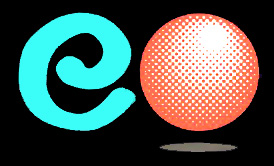
| ||||||||||||||||||||||||||||||||

|
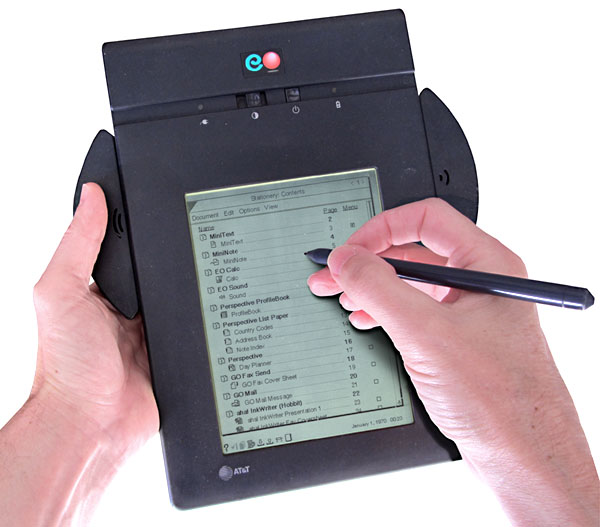
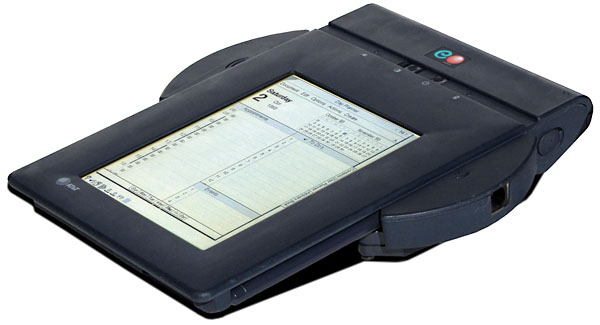 It all started in August of 1987 when GO Corporation was founded by
Jerry Kaplan, formerly of Lotus Development Corp, to create his dream -
a leading-edge, hand-held, pen-operated computer, which he first envisioned a few months earlier in February 1987.
It all started in August of 1987 when GO Corporation was founded by
Jerry Kaplan, formerly of Lotus Development Corp, to create his dream -
a leading-edge, hand-held, pen-operated computer, which he first envisioned a few months earlier in February 1987.
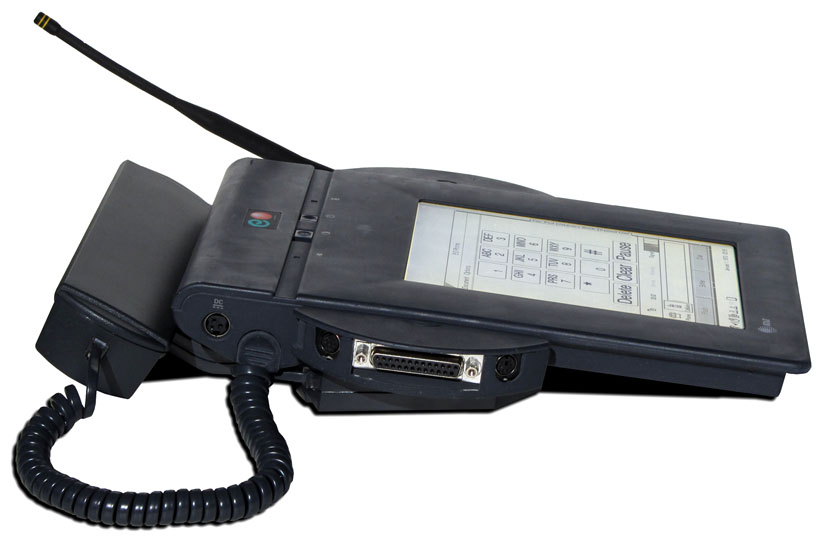
| System | Price |
| EO-440 w/ 4MB RAM | $1,999 |
| EO-880 w/ 4MB RAM | $2,499 |
| internal 14.4K / FAX modem | $499 |
| 4MB RAM module | $299 |
| 8MB RAM mudule | $499 |
| external floppy drive | $199 |
| internal 20MB HD (EO-440) | $499 |
| internal 64MB HD (EO-880) | $699 |
| cell phone module | $799 |
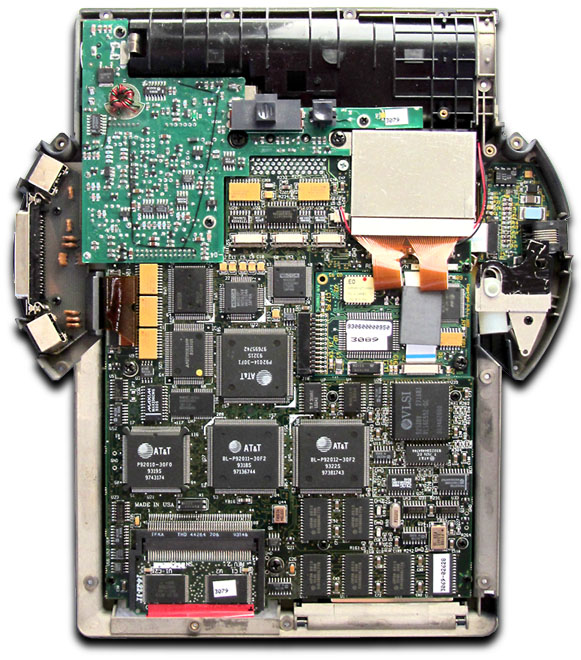 The AT&T Hobbit chipset is composed of four large chips, which consume a large portion of the system motherboard. Other prominent chips are by
Wacom, for their
electromagnetic resonance pen-sensing technology,
with additional components incorporated into the LCD display.
The AT&T Hobbit chipset is composed of four large chips, which consume a large portion of the system motherboard. Other prominent chips are by
Wacom, for their
electromagnetic resonance pen-sensing technology,
with additional components incorporated into the LCD display.
|